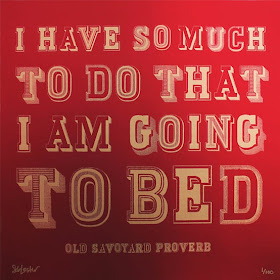Hi all. I just wanted to stop in and explain my MIA status. As I predicted, this week has been crazy with conferences. I had some today and what feels like eight million to do tomorrow night. To top it off, I had a lovely migraine on Monday which is still lingering. I had planned to post some responses to some recent comments, but honestly I have just been falling into bed this week. I know I won't be able to post tomorrow or Friday, but I am going to try to get back over the weekend.
There was one comment about picture books in math that I want to talk about. I love picture books in math! In fact, one book we read is How Much is a Million? by David Schwartz. I think everyone knows this book. It's a classic.
What was interesting about this book for me this year was the impact it had on a literacy lesson. My friends are reading Number the Stars by Lois Lowry as part of our Holocaust unit.

I've read this books so many times over the years. It just happens that this year, we had read How Much is a Million? a week or so before starting the book. One of the facts my friends learn is that about six million Jews were killed during the Holocaust. This is one of the few years that I could see my friends really grasp how many six million is. It was one of the first years they truly understood the magnitude of what it means that six million Jews were killed. It wasn't just a number they couldn't really imagine. Thanks to How Much is a Million?, they had a very real idea of just how horrible it was. I will definitely make it a point to read both books in conjunction from now on.
But, back to picture books in math. I do have a bunch that I like to use when I can, and am happy to share my list. Hopefully, I can get to it this weekend after the craziness and, hopefully, the headache have passed. For now, I am off to bed. Good night!
There was one comment about picture books in math that I want to talk about. I love picture books in math! In fact, one book we read is How Much is a Million? by David Schwartz. I think everyone knows this book. It's a classic.
What was interesting about this book for me this year was the impact it had on a literacy lesson. My friends are reading Number the Stars by Lois Lowry as part of our Holocaust unit.

I've read this books so many times over the years. It just happens that this year, we had read How Much is a Million? a week or so before starting the book. One of the facts my friends learn is that about six million Jews were killed during the Holocaust. This is one of the few years that I could see my friends really grasp how many six million is. It was one of the first years they truly understood the magnitude of what it means that six million Jews were killed. It wasn't just a number they couldn't really imagine. Thanks to How Much is a Million?, they had a very real idea of just how horrible it was. I will definitely make it a point to read both books in conjunction from now on.
But, back to picture books in math. I do have a bunch that I like to use when I can, and am happy to share my list. Hopefully, I can get to it this weekend after the craziness and, hopefully, the headache have passed. For now, I am off to bed. Good night!



















































